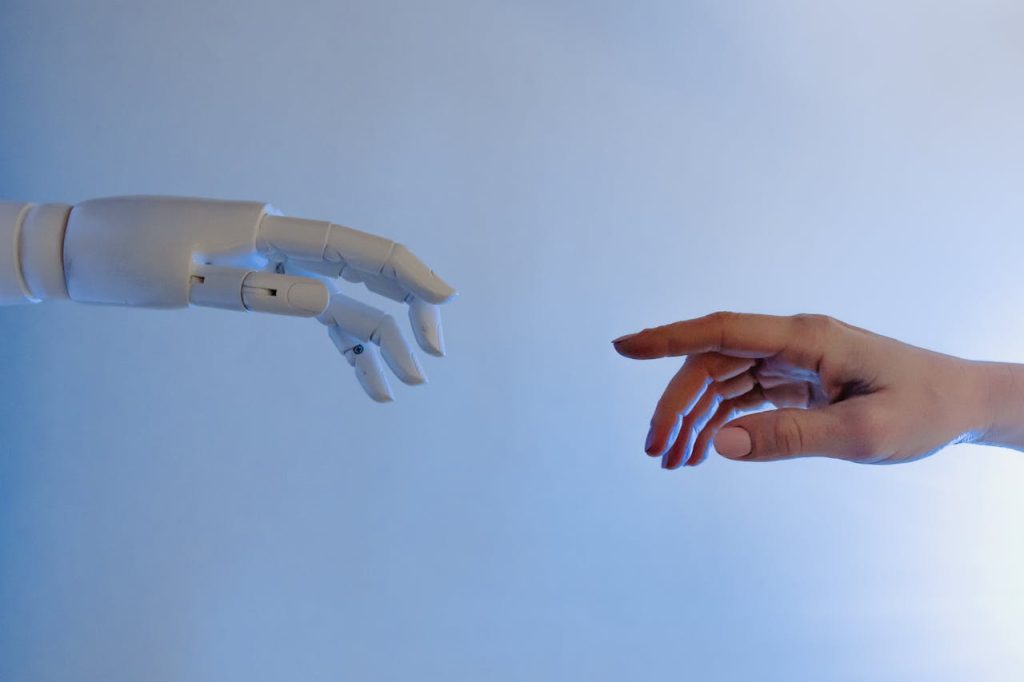Building a humanoid robot is an intricate and complex process that requires a significant investment of resources, expertise, and time. The cost of developing a humanoid robot can vary widely depending on several factors, such as the desired capabilities, materials used, research and development efforts, and production scale. In this article, we will delve into the various considerations and factors that contribute to the overall cost of building a humanoid robot.
Factors Influencing the Cost of Building a Humanoid Robot
1. Design and Development
The design and development phase of a humanoid robot is a crucial step that sets the foundation for its capabilities and functionality. Factors that impact costs in this phase include:
- Research and Expertise: Conducting research and acquiring the necessary expertise in robotics, mechanics, electronics, and artificial intelligence (AI) adds to the overall cost.
- Prototyping and Iteration: Building prototypes, testing different designs, and iterating on the robot’s features can incur additional expenses.
- Software Development: Developing the software and programming necessary for the robot’s movements, behaviors, and human-like interactions requires skilled developers and can contribute significantly to the cost.
2. Materials and Components
The choice of materials and components used in the construction of a humanoid robot can greatly impact its cost. Factors to consider include:
- Mechanical Parts: High-precision mechanical components, such as joints, gears, and actuators, can be expensive, especially when considering the need for durability and precision in a humanoid robot’s movements.
- Sensors and Perception Systems: Implementing advanced sensors, such as cameras, depth sensors, and touch sensors, adds to the cost but enhances the robot’s ability to perceive and interact with its environment.
- Processing Power and Electronics: Powerful processors, memory, and other electronic components are necessary for controlling the robot’s movements, running AI algorithms, and processing sensory data.
3. Manufacturing and Assembly
The manufacturing and assembly process of a humanoid robot involves several considerations that contribute to the overall cost:
- Labor and Expertise: Skilled labor, including engineers, technicians, and assemblers, is required for the manufacturing and assembly of the robot. Their expertise and time contribute to the cost.
- Quality Control and Testing: Ensuring the robot meets quality standards through rigorous testing and validation procedures adds to the overall cost.
- Production Scale: The number of robots being manufactured can affect the cost per unit. Mass production typically reduces per-unit costs due to economies of scale.
4. Research and Intellectual Property (IP)
If the development of a humanoid robot involves groundbreaking research or proprietary technology, costs may increase due to:
- Research Funding: Acquiring research grants or funding to support the research and development of novel technologies can be a significant factor in the overall cost.
- Intellectual Property Protection: Securing patents or intellectual property rights may involve legal and administrative costs.
Cost Examples and Considerations
The cost of building a humanoid robot can range from tens of thousands to millions of dollars, depending on the complexity and scope of the project. Consider the following examples:
- Research Projects: Academic or research-focused projects often require substantial funding and collaboration with multiple institutions or organizations.
- Commercial Ventures: Companies developing humanoid robots for commercial purposes incur costs related to research, design, manufacturing, marketing, and support.
It’s essential to consider ongoing costs, such as maintenance, updates, and improvements, as the development of humanoid robots is an iterative process.
Conclusion
Building a humanoid robot is a significant undertaking that requires substantial investment in terms of financial resources, expertise, and time. The cost of building a humanoid robot can vary widely depending on factors such as design and development efforts, choice of materials and components, manufacturing and assembly considerations, and research and intellectual property considerations. Understanding these factors is crucial for accurately estimating the cost and planning the development of a humanoid robot project.

